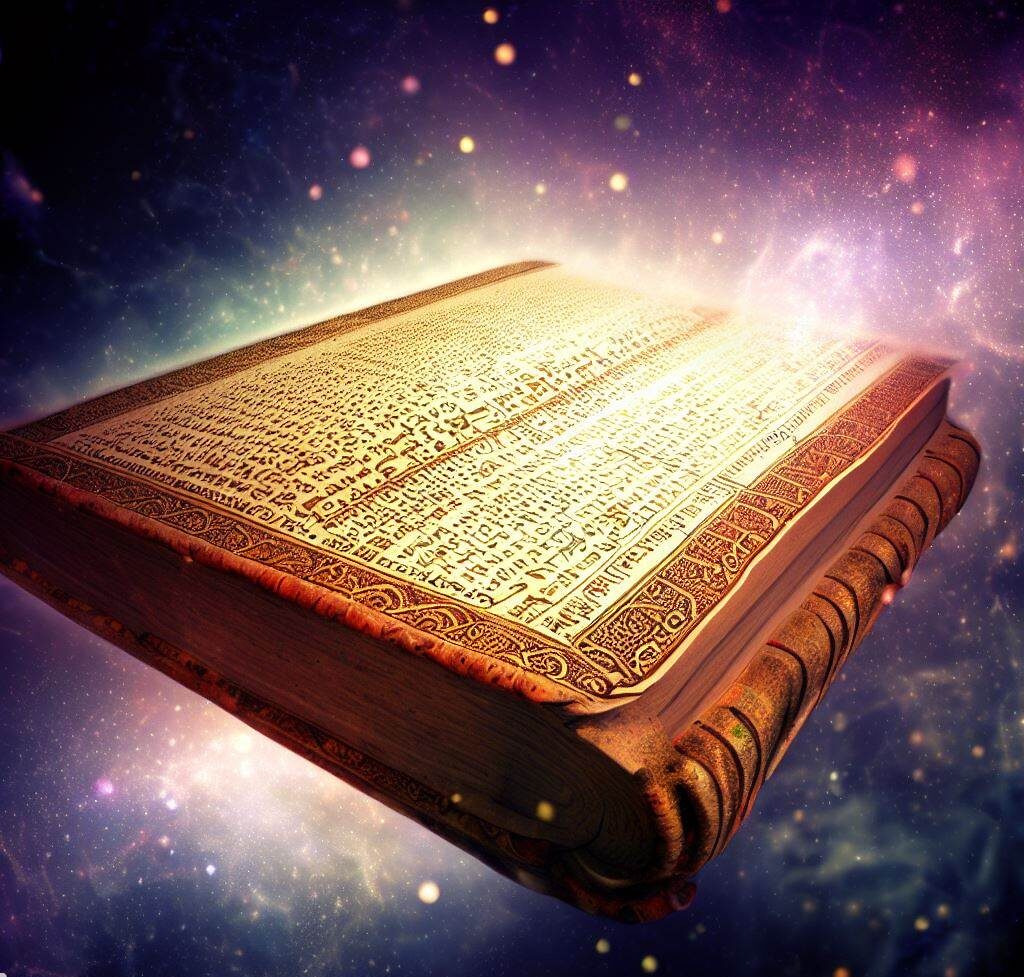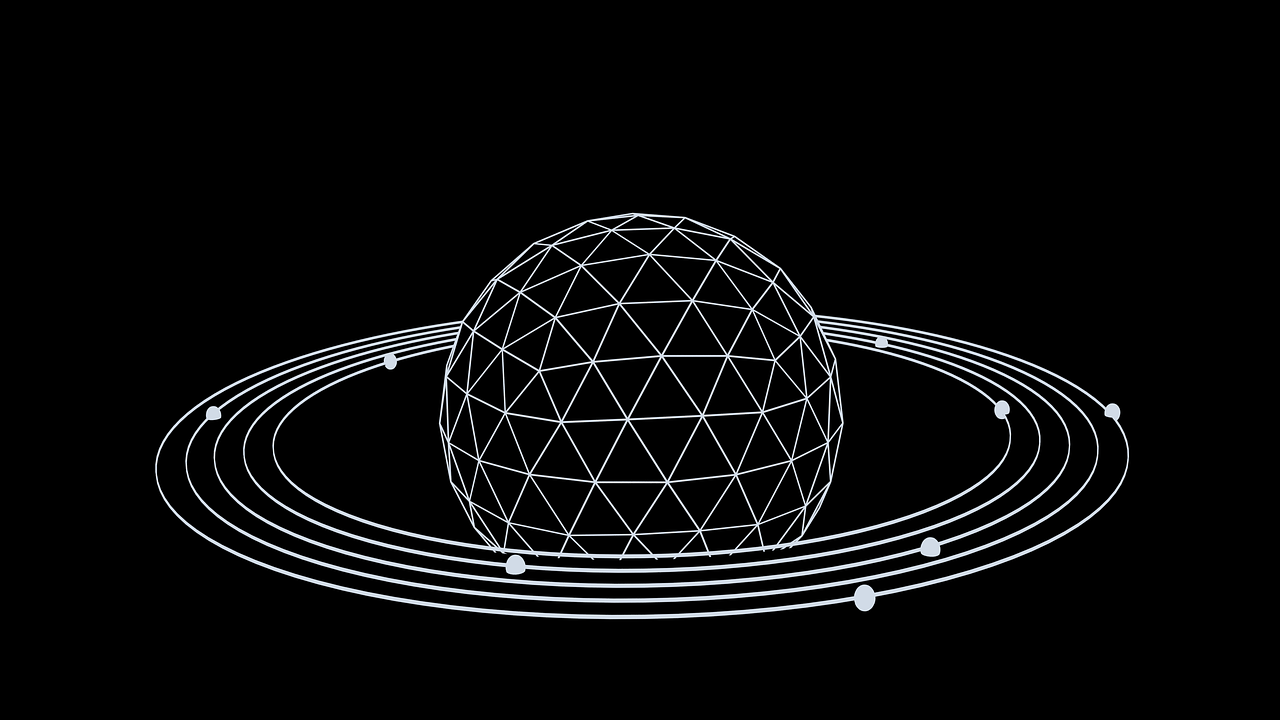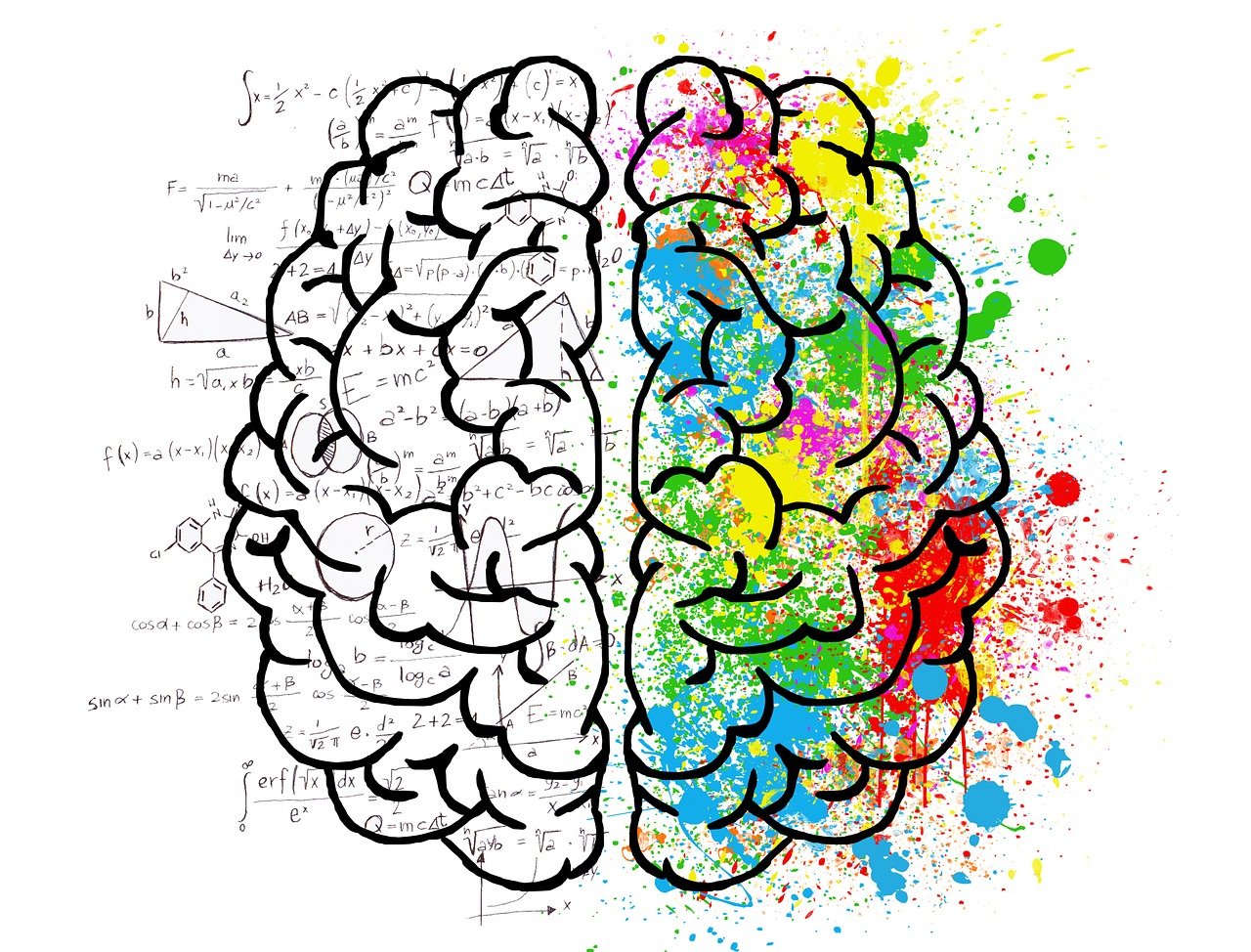Science in Vedas exists but this is conditional. There are various arguments made by many scholars and scientists like Schrodinger regarding this. However, this needs to be understood in a philosophical way. Meanwhile, you can read about our previous article on Quantum physics in Upanishads and Vedanta.
Before that let’s understand what exactly is Science first.
Last modified on
Table of Contents
Modern science argument
Modern Science is the systematic knowledge of human beings developed through observation, review, and, experimentation. Take note of the word systematic here because there is a system for any scientific methods to be applied to different fields which are decided by the Scientific community. The Scientific community is involved in various academic institutions, research agencies, etc. It’s them who validate what will become Science and what will not be science based on certain principles out of which the major is “novelty” or what’s new.
Vedas is something you can say firmly. They are collections of systematic knowledge from the past be it related to proto-science in Vedas, spirituality or geography, or anything. However, the spiritual philosophy aspect of the Vedas is astonishing, there is no denial to this fact and still there no second to the things mentioned by Upanishads (the metaphysical aspects of Vedas). They solve the deepest of the problems of existence easily through the methods of self-realization.
For example, Upanishads divide the level of consciousness in such a way that the word OM symbolizes the Universe also and at the same time it symbolizes human consciousness. So, what is perceived and who perceives what is the aspect of the same thing i.e., ultimate truth (Satya)
In human consciousness, it depicts conditions like
- Jagrit Avastha (Wake stage)
- Svapna Avastha (Sleep Stage)
- Sushupti Avastha (Sub-Consciousness)
- Turiya Avastha (Super-Consciousness)
You can follow the link to read about them. This is also discussed widely in academia but not through the view of the scientific community but through psychology and philosophy.

Science in Vedas
Coming to the Scientific aspect of the Vedas and science in Vedas, yes they have a scientific aspect also called “Vijnana” or the knowledge of the specific. It necessarily doesn’t classify within Biology, Chemistry, and Physics like what modern Science has. For example, a Tantrik system may also be called “Vijnana” meanwhile there is no established Science for Tantras in the modern scientific community. However, old ancient knowledge-based communities accepted them as their own version of science.
To understand more deeper, let’s understand one of the shlokas from Yajurveda (33.43).
आ कृष्णेन रजसा वर्तमानो निवेशयन्नमृतं मर्त्यं च । हिरण्ययेन सविता रथेना देवो याति भुवनानि पश्यन् ॥
Translation is as follows.
“With the radiance of the sun, all-encompassing, he (the Sun God, Savitā) sets in motion both the immortal and the mortal. With his golden chariot, Savitā, the god, travels, beholding all the worlds.”
As per the common intellectual discussion, this shloka gives a view of the geocentric model of Earth where it is moving. Isn’t it pseudoscience for the scientism” commentators so where is science in Vedas will be their question?
Yes, it may also be a pseudo-science for a modern “scientism” community in a certain aspect unless a helical model of the sun and general relativity comes in.
Sun moves through the galaxy and there is general relativity too. See the video below to understand it more deeply.
Now move back to a few lines above (I am repeating below).
“With the radiance of the sun, all-encompassing, he (the Sun God, Savitā) sets in motion both the immortal and the mortal. With his golden chariot, Savitā, the god, travels, beholding all the worlds.”
Isn’t the video interesting, sun really moves, with mortals (humans in earth), immortals (planets)?
Sun is also a Deity.
A diety is one who rules certain aspects of the consciousness, for example, Indra rules Indriyas (Senses), and on the universe, he rules thunder and the plasmas. While Savita rules eyes in beings and light in the universe (not only Sun).
Hence the above shloka can be interpreted at the level of human consciousness also and universal consciousness also. In human consciousness, we can translate it as our eyes move all over the world holding the perception of existence.
That’s the essence of vedic shlokas, there can be many interpretations.
Consciousness centric view
The Indic scriptures have a “consciousness” centric worldview; hence this shloka has a deeper yogic and tantrik significance than just science in Vedas argument. Let’s take how differently ‘Kri’ dhatu used is interpreted.
- Creation and Manifestation: In many spiritual traditions, including Tantra, the universe and all that exists within it are seen as manifestations of a divine creative force. The root “कृ” (kṛ) can be associated with the act of creation and bringing things into existence. In Tantric philosophy, the universe is often perceived as a result of divine energy (Shakti) and consciousness (Shiva) coming together, and the root “कृ” (kṛ) can symbolize the process of this creative manifestation.
- Transformation and Self-Realization: In Tantric practices, the goal often involves transforming one’s consciousness and realizing the interconnectedness of all things. The root “कृ” (kṛ) can be understood as a representation of inner transformation and the journey towards self-realization. Just as the root “कृ” (kṛ) is versatile and can be transformed into various verb forms, individuals seek to transform their own consciousness to reach higher states of awareness.
- Ritual and Spiritual Practice: Tantra often involves rituals and practices that utilize sound, language, and symbolism to connect with higher realms of consciousness. The root “कृ” (kṛ) can symbolize the power of mantras, chants, and rituals in invoking and channeling spiritual energies. Through these practices, individuals aim to align themselves with divine forces and achieve spiritual growth.
- Divine Action: In some interpretations, the root “कृ” (kṛ) can signify divine action or the actions performed by deities. This can relate to the concept of “Lila” in Hindu philosophy, which suggests that the divine engages in the world through various actions, sometimes for the sake of play or for the purpose of guiding and uplifting humanity.
This is not an end of interpretation for this single root but there exist many which are as per different schools of philosophies. Think of how big the interpretation can be for a single shloka and how bigger will it be for the Vedas.
Will you still fall for the arguments regarding science in Vedas or will you read it yourself for your spiritual progress?
Coming back to the question, is there science in Vedas? The simple answer for science in Vedas question is “it depends”, on how you interpret them. However, for the modern scientific community absolute novelty matters. Vedic interpretations can be novel if researched properly but not Vedas because Vedas and its shlokas are not limited to science, they are huge.
And, if Science requires so much of rigor than just imagine how much rigor you need to put to understand their philosophical aspects of Vedas.



